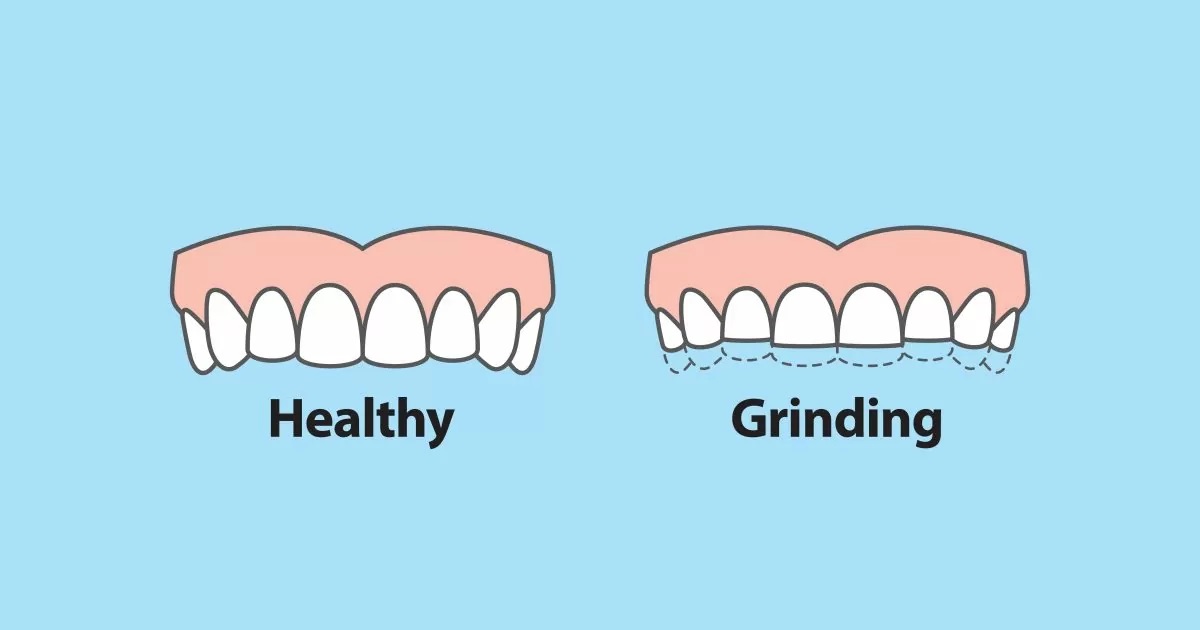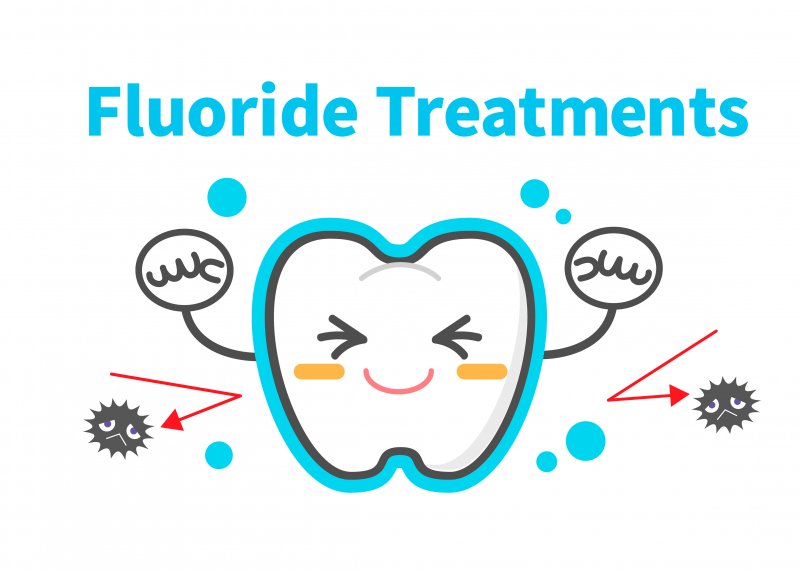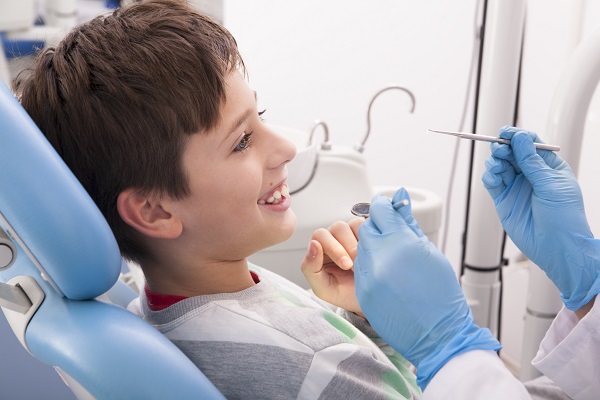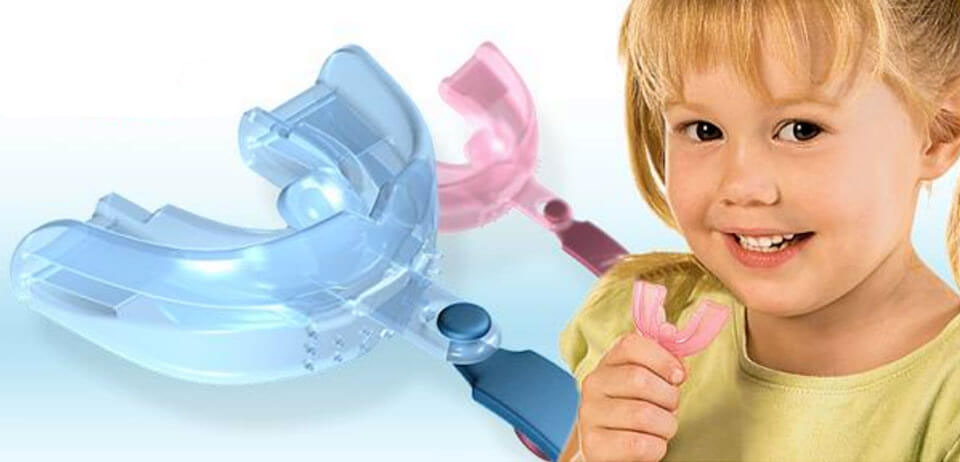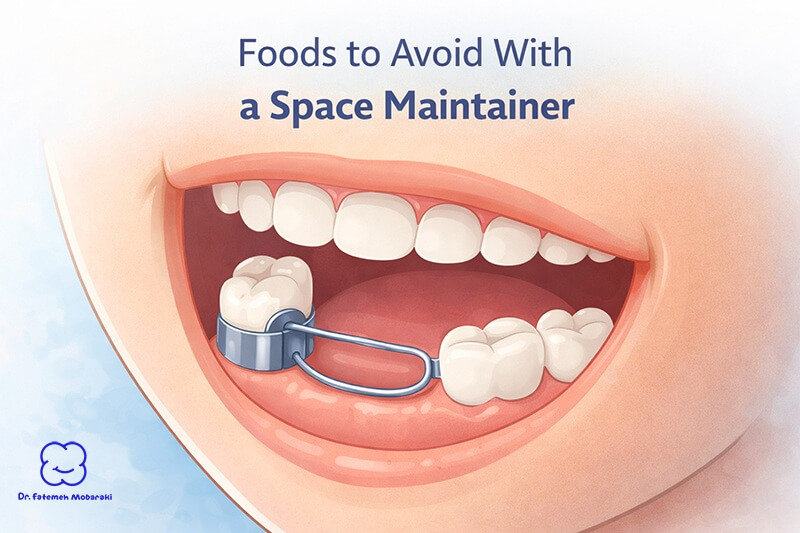Gingivitis in kids is a common dental issue that can often go unnoticed by parents. It represents the earliest stage of gum disease and is characterized by inflammation of the gums around the teeth. If not treated, gingivitis can progress into more serious conditions like periodontitis, leading to tooth and bone loss. Addressing this issue early ensures a healthier smile and helps maintain your child’s overall oral health.
What Causes Gingivitis in Kids?
There are several reasons why children might develop gingivitis:
- Inadequate Oral Hygiene: When kids don’t brush and floss regularly, plaque—a sticky film of bacteria—builds up around their teeth and gums, leading to gingivitis.
- Sugary Diet: Consuming foods high in sugar, such as candies, juices, and snacks, creates an ideal environment for bacteria to grow, contributing to plaque formation and gum inflammation.
- Hormonal Changes: Adolescents undergoing puberty may experience hormonal changes that increase blood flow to the gums, making them more sensitive and prone to gingivitis.
- Medical Conditions: Certain conditions like diabetes can weaken the immune system, making children more susceptible to gum infections.
- Orthodontic Appliances: Braces, retainers, and other orthodontic devices can make it harder for children to maintain proper oral hygiene, leading to plaque buildup and gum inflammation.
- Mechanical Trauma: Improper brushing techniques, biting hard objects, or accidents can damage the gums, increasing the risk of gingivitis.
Recognizing the Symptoms of Gingivitis in Kids
Parents should be vigilant about monitoring their child’s oral health. The common symptoms of gingivitis in kids include:
- Red and Swollen Gums: Healthy gums should be pink and firm. If they appear red, swollen, or puffy, it could be a sign of gingivitis.
- Bleeding Gums: If your child’s gums bleed during brushing, flossing, or even eating, it’s a clear sign of gum inflammation.
- Persistent Bad Breath: Bad breath that doesn’t go away, even after brushing, is often an indicator of gingivitis in children. The presence of bacteria around the gums can cause this unpleasant odor.
- Gum Recession: In some cases, the gums may start to recede or pull away from the teeth, exposing more of the tooth’s root.
- Pain and Sensitivity: Children might experience tenderness or pain when chewing food, or they may complain about sensitivity to hot or cold foods.
- Changes in Gum Texture: Gingivitis can cause gums to feel spongy or loose, indicating inflammation.
In severe cases, children may experience more advanced symptoms, such as headaches, fever, or even nausea, as the body responds to the gum infection.
How Is Gingivitis Diagnosed in Children?
A pediatric dentist can diagnose gingivitis by examining your child’s teeth and gums. They will check for signs of inflammation, plaque buildup, and bleeding. In more severe cases, X-rays might be taken to assess the extent of gum disease and potential bone loss. Early detection is crucial for effective treatment and preventing further complications.
Treatment Options for Gingivitis in Kids
Fortunately, gingivitis in children is treatable and can be reversed with timely intervention. Here’s how:
- Professional Dental Cleaning: A thorough cleaning by a pediatric dentist or dental hygienist removes plaque and tartar, which are primary contributors to gingivitis. This step is essential for eliminating bacteria from hard-to-reach areas.
- Improved Oral Hygiene: Teaching your child the correct brushing and flossing techniques is crucial. They should brush their teeth at least twice daily using fluoride toothpaste and a soft-bristled toothbrush. Encourage them to floss daily, especially between teeth where plaque can accumulate.
- Antibacterial Mouthwash: In some cases, a dentist may recommend using an antibacterial mouthwash to help reduce gum inflammation and bacterial growth.
- Dietary Changes: Encourage your child to eat a balanced diet rich in fruits, vegetables, and calcium. Limiting sugary snacks and drinks can significantly reduce plaque buildup, which is a major cause of gingivitis.
- Special Care for Kids with Braces: If your child wears braces, using a water flosser or interdental brushes can help clean hard-to-reach areas around the brackets and wires.
Preventing Gingivitis in Kids
Preventing gingivitis is always better than treating it. Here’s how parents can help their children maintain healthy gums:
- Establish a Consistent Oral Care Routine: Encourage your child to brush twice daily and floss at least once a day. Proper brushing techniques are essential—make sure they spend at least two minutes brushing all surfaces of their teeth.
- Regular Dental Check-ups: Schedule dental visits every six months for routine cleanings and check-ups. These visits can help catch early signs of gingivitis before they become more serious.
- Monitor Diet: Limit sugary snacks and drinks, and encourage your child to eat foods rich in vitamins and minerals that support healthy gums.
- Use Fluoride Products: Fluoride helps strengthen teeth and protect against decay. Choose toothpaste and mouthwash that contain fluoride.
- Encourage Healthy Habits: Discourage habits like thumb-sucking, nail-biting, or using teeth to open packages, as these can damage the gums.
Dr. Fatemeh Mobaraki’s Expert Advice
Dr. Fatemeh Mobaraki, a leading pediatric dentist in Dubai , emphasizes the importance of preventive care in maintaining children’s oral health. She shares:
“Gingivitis in kids is often underestimated, but early detection and treatment are crucial for preventing more severe dental issues. Parents should ensure their children maintain proper oral hygiene routines and attend regular dental check-ups to catch any signs of gum disease early. With the right care, gingivitis is entirely reversible, and children can maintain healthy, strong gums as they grow.”
Why Early Intervention Matters
Addressing gingivitis early prevents it from progressing to more severe stages, like periodontitis, which can cause permanent damage to the gums and teeth. Establishing good oral hygiene habits at a young age sets the foundation for lifelong dental health and reduces the risk of future gum disease.
Conclusion
Gingivitis in kids can be effectively managed and even prevented with proper care and attention. As a parent, encouraging a consistent oral hygiene routine and scheduling regular dental visits for your child are essential steps in maintaining their oral health. Remember, gingivitis is reversible, but only if addressed early. With the guidance of an experienced pediatric dentist like Dr. Fatemeh Mobaraki, you can ensure your child’s gums remain healthy and their smile bright for years to come.


